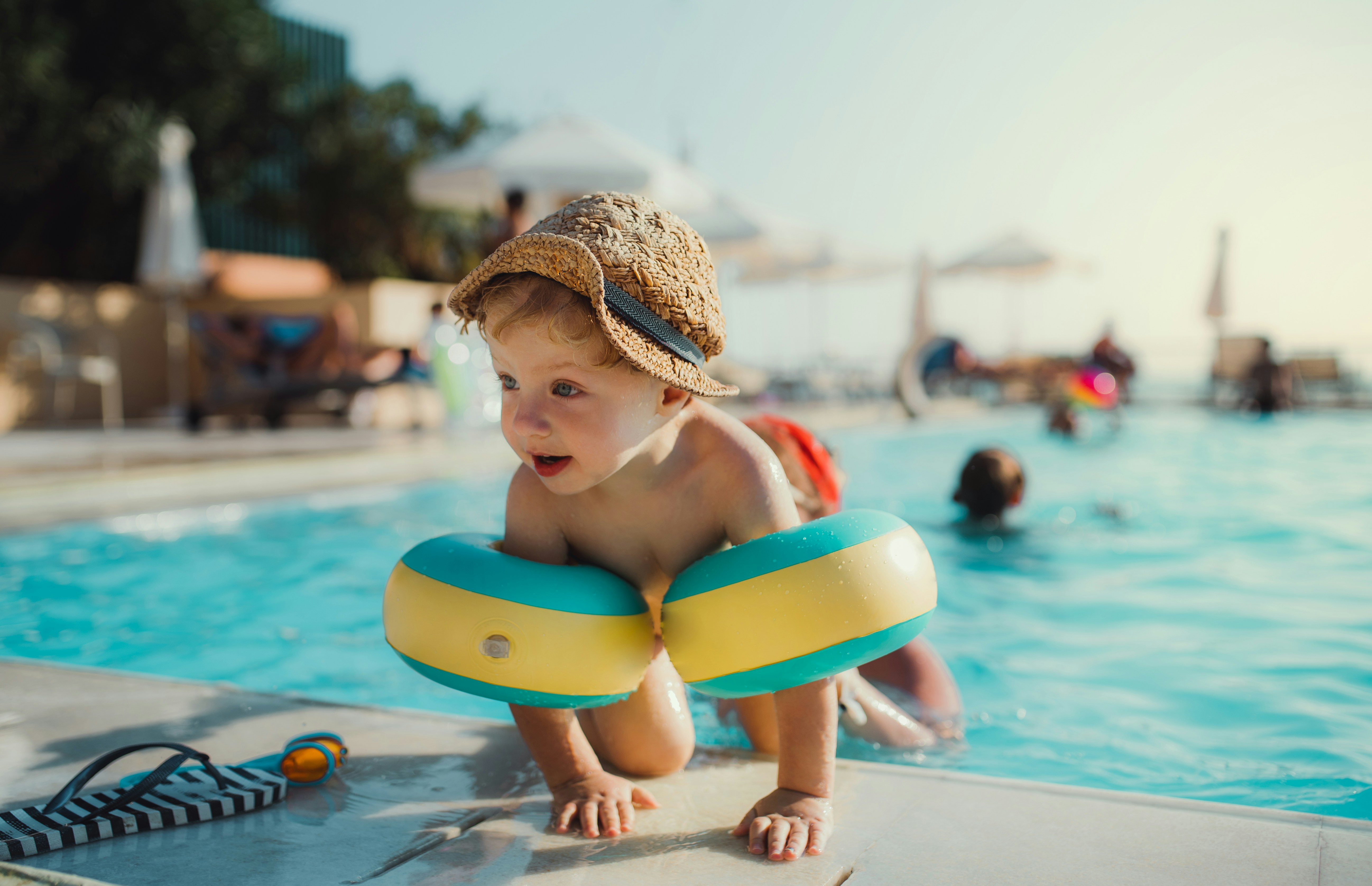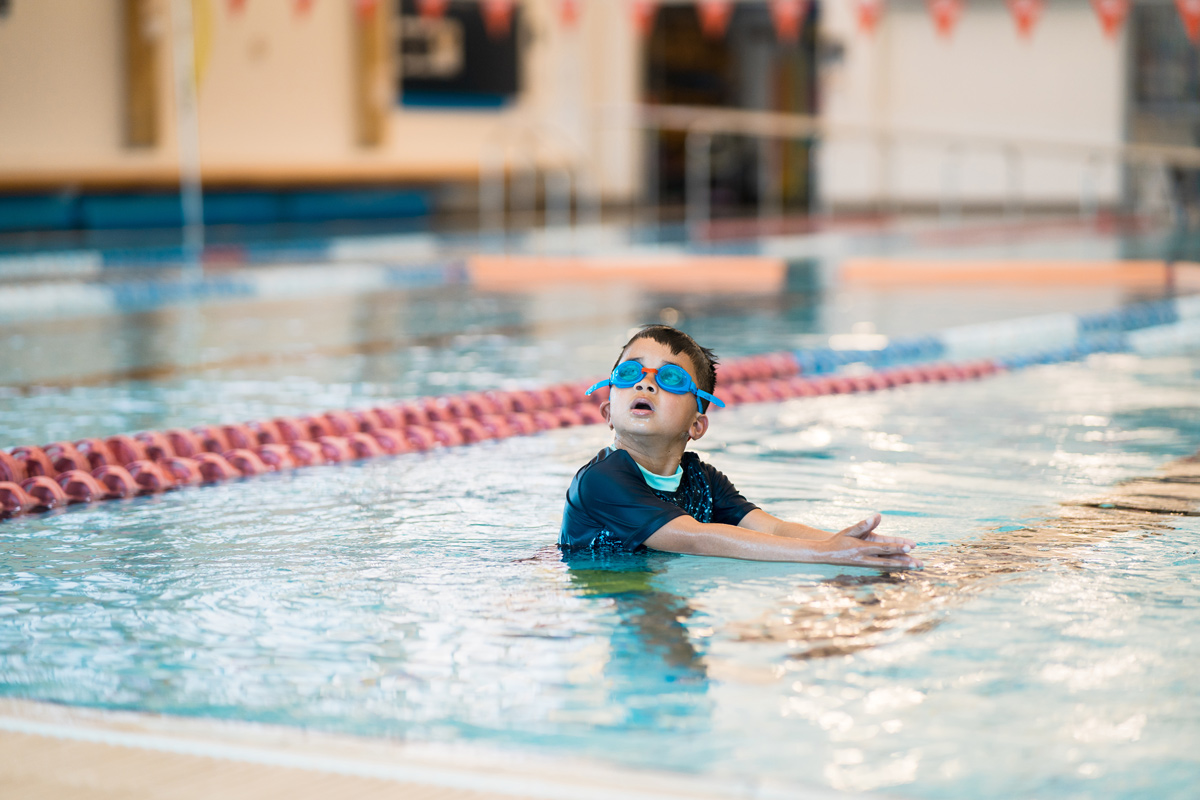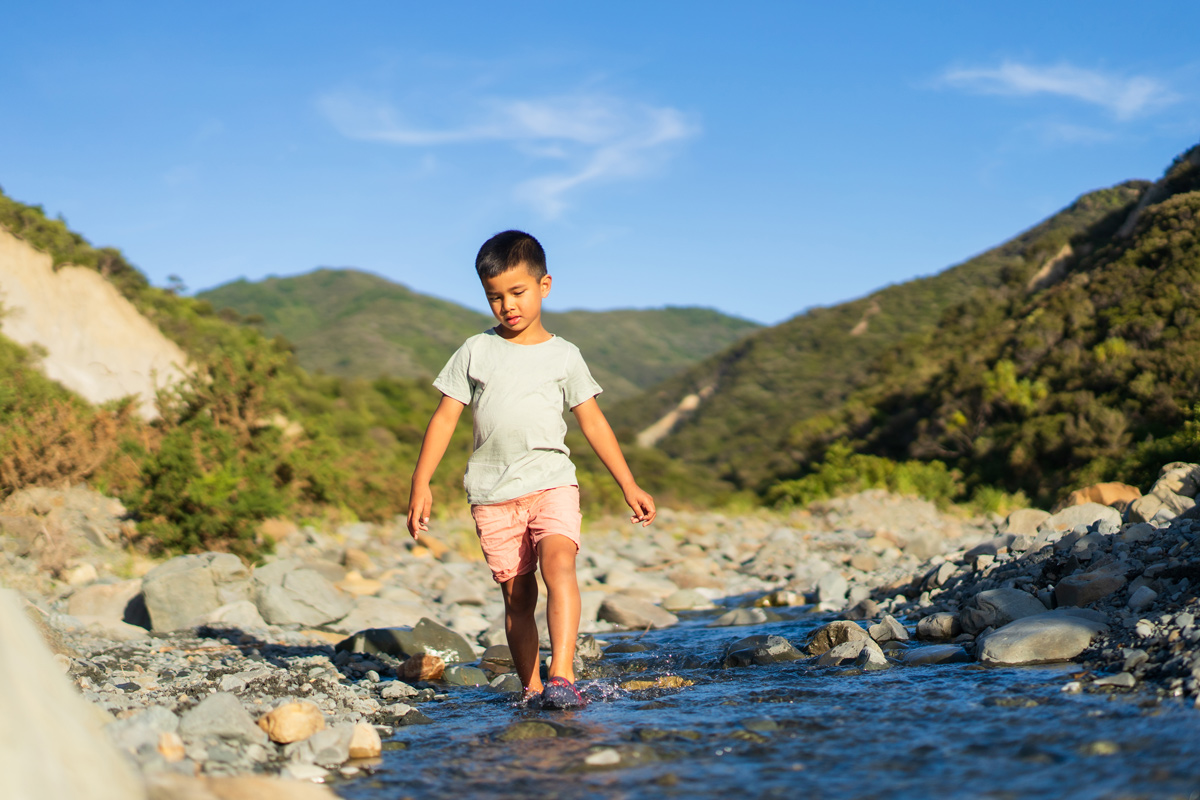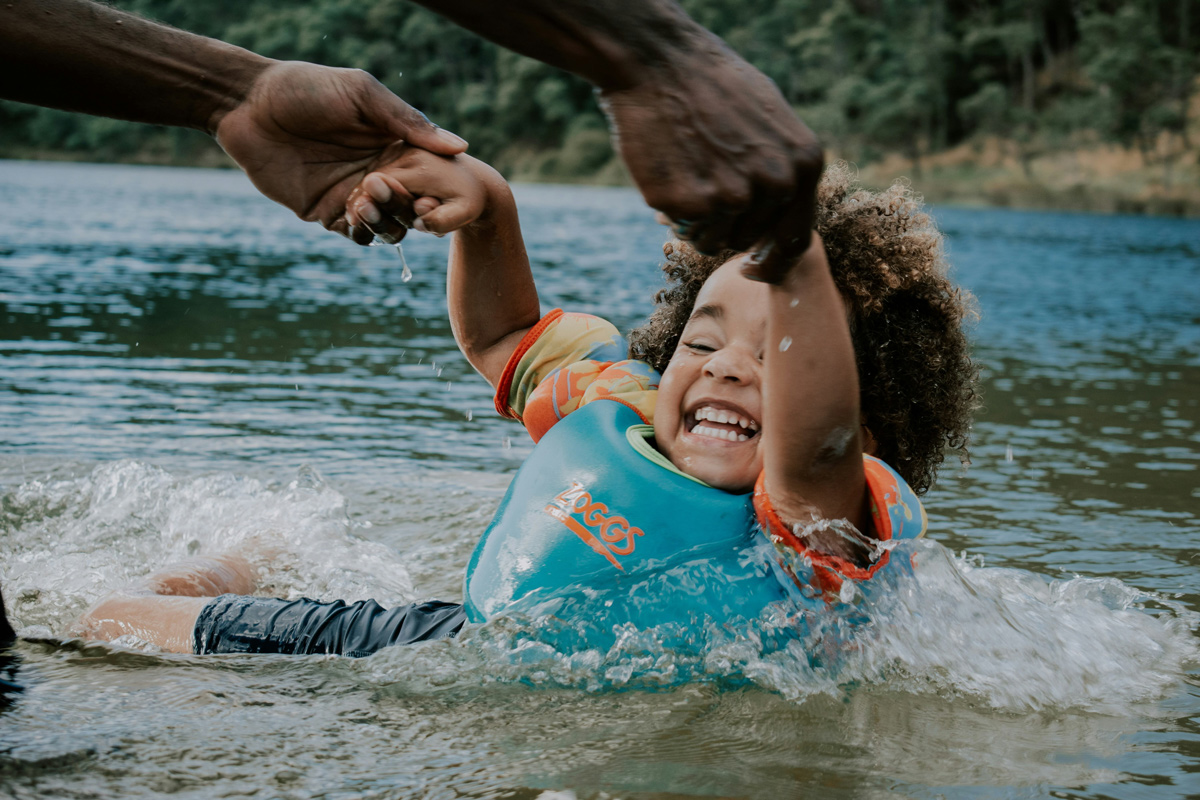Communities, organisations, and individuals working together across Aotearoa will make our waters safer for everyone. Water Safety New Zealand is passionate about preventing drowning and water-related injuries by sharing knowledge, championing water safety initiatives, and empowering Kiwis with the skills and awareness they need to enjoy our beautiful waterways.
Whether you're at the beach, river, lake or pool — water can be unpredictable. But staying safe doesn't need to be complicated. It's about doing the simple things well, every single time.






